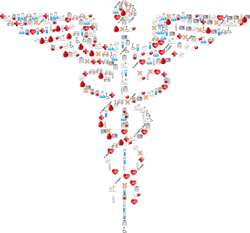WHO report on HTLV-1 highlights prevention and control strategies
The World Health Organization (WHO) released a technical report that outlines public health measures to prevent Human T-lymphotropic virus type 1 (HTLV-1), including testing during antenatal care, cessation of breastfeeding, blood testing in transfusion clinics, and condom promotion, according to a news release.
HTLV-1 is a retrovirus which causes a chronic lifelong infection in humans. Its transmission happens through breastfeeding, sexual contact and blood transfusions and is similar to the HIV virus.
It causes a range of clinical syndromes, such as Adult T-cell Leukemia (ATL) and HTLV-1 associated Myelopathy or Total Spastic Paraparesis (HAM/TSP). The current estimates for the total number of people living with HTLV-1 infection range from 5 million to 10 million as of 2012. The prevalence of the infection is particularly high in parts of Japan, Australia and the Pacific islands.
Based on experiences so far, HTLV-1 transmission, incidence and morbidity can be reduced considerably by incorporating HTLV-1 control measures into existing global disease-control interventions and public health strategies, the WHO said.
The WHO said that HTLV-1 testing should be included in blood safety testing panels. Surveillance of blood safety testing can be used as proxy indicators of ongoing HTLV-1 prevalence globally. Testing approaches and strategies for HTLV-1 detection that are appropriate to the setting and purpose should be developed and incorporated into health sector diagnostic algorithms and referral protocols.
Specific research and assessments to define the risk of HTLV-1 transmission associated with the duration of breastfeeding are needed to develop public health programs for the elimination of mother to child transmission. Vaccination strategies are expected to be useful in endemic settings as a primary prevention strategy.
In addition to prevention strategies, innovations in viral disease control will help improve the management of HTLV-1 infection. These include better technologies for testing and treatment, future vaccine development, instituting standard approaches for measuring disease burden and more widespread adoption of ongoing monitoring and surveillance, including instituting new digital tools.

